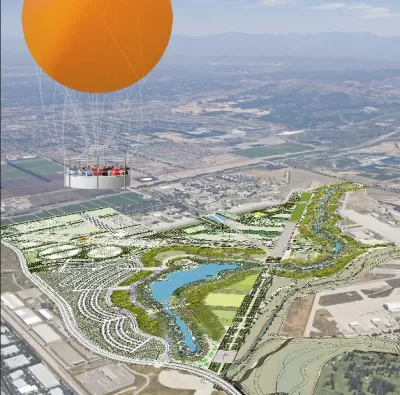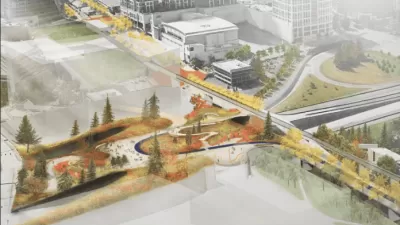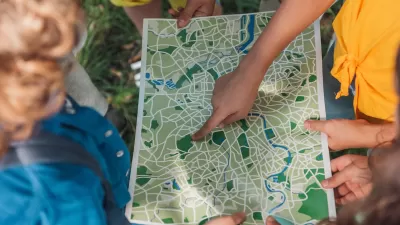With constrained budgets, a geographic information system (GIS) may seem like a luxury for parks agencies. But to perform data-driven planning and advance park equity, GIS is an indispensable tool.

This pandemic has put a spotlight on parks and our need for them for our health and well-being. It has also made clear that not neighborhoods are created equal and that some are severely lacking in parks and recreational facilities where residents can exercise and relax.
To address inequities in the distribution of parks and the funding needed to develop, operate, and maintain them, parks agencies are increasingly turning to GIS to help with planning, resource allocation, and decision-making. In this article, Los Angeles County planner Clement Lau explains how the Department of Parks and Recreation (DPR) has been using GIS. Specifically, he discusses the 2016 Los Angeles Countywide Parks Needs Assessment which was a historic and significant undertaking to engage cities and unincorporated communities within the county in a collaborative process to gather data and input to address data gaps and guide future decision-making on parks.
The Parks Needs Assessment was equity-focused and identified the communities with very high or high park need using GIS and the vast amount of data and public input collected through the process. Lau also shares that DPR has developed an internal user-friendly, web-based mapping and analysis tool called the Park Planning Viewer, which "effectively democratized GIS at DPR, enabling any staff to visualize and analyze parks data in relation to other layers of information, such as income, race/ethnicity, and various healthy indicators, and quickly prepare maps at their own computers." This tool is cost-effective because it saves DPR from having to buy individual GIS software licenses for all staff, and encourages all to think spatially, analytically, and comprehensively by having easy access to a variety of data.
The article demonstrates the increasing value of GIS as a planning tool and the importance of data to make informed decisions. As Lau explains, "Our ultimate goal is not only to produce pretty maps, it is about providing sound analysis that facilitates informed park planning, decision-making and resource allocation that benefit the communities we serve."
FULL STORY: Data-driven park planning: We all need green spaces to thrive. Data can make that happen

Planetizen Federal Action Tracker
A weekly monitor of how Trump’s orders and actions are impacting planners and planning in America.

San Francisco's School District Spent $105M To Build Affordable Housing for Teachers — And That's Just the Beginning
SFUSD joins a growing list of school districts using their land holdings to address housing affordability challenges faced by their own employees.

The Tiny, Adorable $7,000 Car Turning Japan Onto EVs
The single seat Mibot charges from a regular plug as quickly as an iPad, and is about half the price of an average EV.

With Protected Lanes, 460% More People Commute by Bike
For those needing more ammo, more data proving what we already knew is here.

In More Metros Than You’d Think, Suburbs are Now More Expensive Than the City
If you're moving to the burbs to save on square footage, data shows you should think again.

The States Losing Rural Delivery Rooms at an Alarming Pace
In some states, as few as 9% of rural hospitals still deliver babies. As a result, rising pre-term births, no adequate pre-term care and "harrowing" close calls are a growing reality.
Urban Design for Planners 1: Software Tools
This six-course series explores essential urban design concepts using open source software and equips planners with the tools they need to participate fully in the urban design process.
Planning for Universal Design
Learn the tools for implementing Universal Design in planning regulations.
Smith Gee Studio
City of Charlotte
City of Camden Redevelopment Agency
City of Astoria
Transportation Research & Education Center (TREC) at Portland State University
US High Speed Rail Association
City of Camden Redevelopment Agency
Municipality of Princeton (NJ)





























